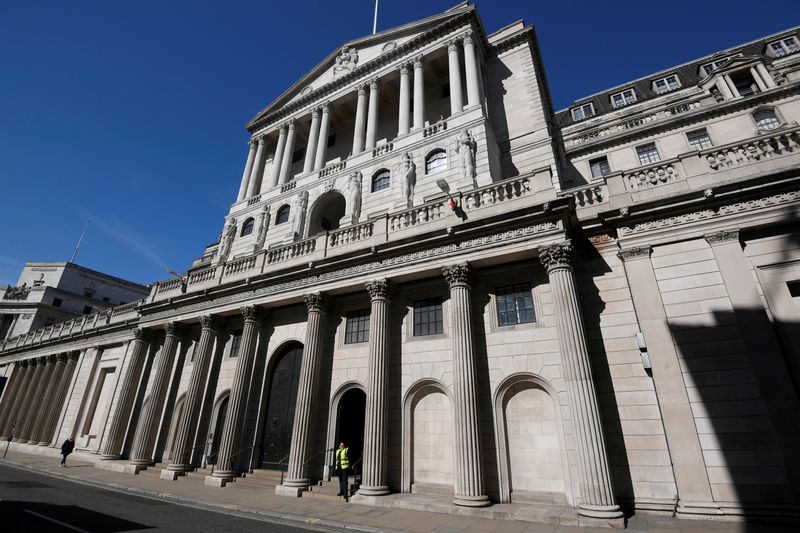LONDON (Reuters) – British banks should use their substantial capital and liquidity buffers to support the economy in view of the hit it has taken from the coronavirus pandemic, the Bank of England said on Monday.
The British central bank’s Prudential Regulation Authority (PRA) said it expected banks to focus on continuing to support customers.
The banks currently have liquidity buffers – cash and short-term bonds they must hold to fund themselves for at least a month without outside help – at well over 100% of the minimum level required.
“Banks are expected to use their liquidity buffers in doing so, even if it means liquidity coverage ratios (LCR) go significantly below 100%,” the PRA said in guidance to lenders.
Banks are under pressure from regulators to speed up the disbursement of loans under a government scheme to support companies struggling in the pandemic.
The PRA’s guidance is aimed at reassuring lenders that they will not face sanctions that would follow a breach of capital and liquidity thresholds set by the PRA in normal times.
“A reduction in the LCR ratio, including below 100%, in and of itself will not trigger any automatic restrictions,” the PRA said.
The PRA said it would also give lenders sufficient time after the crisis to replenish their liquidity and capital buffers.
The BoE has already allowed banks to tap their counter cyclical capital buffer or CCYB to release a collective 23 billion pounds to support lending worth up to 190 billion pounds.
“Banks can draw down on all available capital buffers starting with any additional capital buffer held above their regulatory buffers,” the PRA said.
“Where capital buffers need to be restored this will be a gradual process and the PRA will not, in general, expect banks to restore their capital buffers in full until a significant time after the end of the current stress,” the regulator said.
(Reporting by Huw Jones; Editing by Toby Chopra and Hugh Lawson)




















